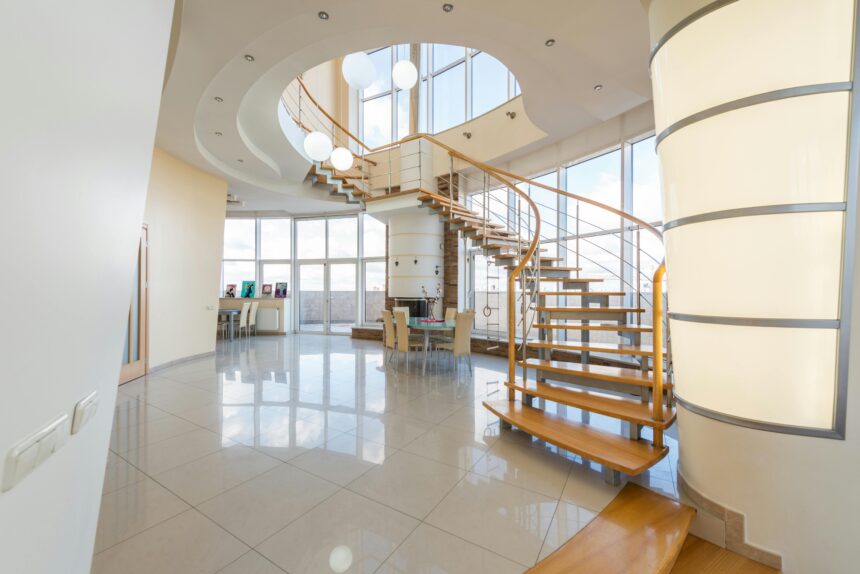Introduction Lighting in interior design goes beyond functionality—it shapes style and atmosphere. Ceiling lamps, or ‘lamparas de techo’ in Spanish, are key to setting a room’s ambiance. This article offers insights into their evolution, types, and design impact.
Historical Background Evolution of Ceiling Lamps Ceiling lamps have transitioned from simple candle-holding chandeliers to modern electric fixtures over centuries. Initially symbols of wealth, these lamps are now fundamental in design, thanks to advances in technology and materials.
Diverse Designs Types of Ceiling Lamps lamparas de techoThere are several styles of ceiling lamps, each suited to specific needs and spaces:
- Chandeliers: Ornate and suitable for formal spaces.
- Pendants: Ideal for focused task lighting, hanging by cords.
- Flush Mounts: Best for low ceilings, these save space effectively.
- Recessed Lighting: These provide a clean look, installed flush with the ceiling.
Material Matters Materials and Styles The choice of material influences a lamp’s style and light quality. Options range from traditional glass and metal to modern fabrics and eco-friendly materials like recycled glass and LEDs
Selection Strategies Choosing the Right Ceiling Lamp Picking the right lamp requires considering room size, decor style, and lighting needs. The lamp should complement the room’s design and provide the necessary lighting quality, from bright to soft
DIY Considerations Installation Tips Installing a ceiling lamp can be a DIY project but may need basic electrical skills. Ensuring the ceiling box can handle the weight of the lamp is crucial. For complex installations, hiring a professional is advisable.
Conclusion Ceiling lamps enhance and transform spaces with their design and light. Understanding the types, materials, and installation can help homeowners make the best choices for their lighting needs. Well-chosen lamps not only illuminate but also enrich the aesthetic of any interior.




